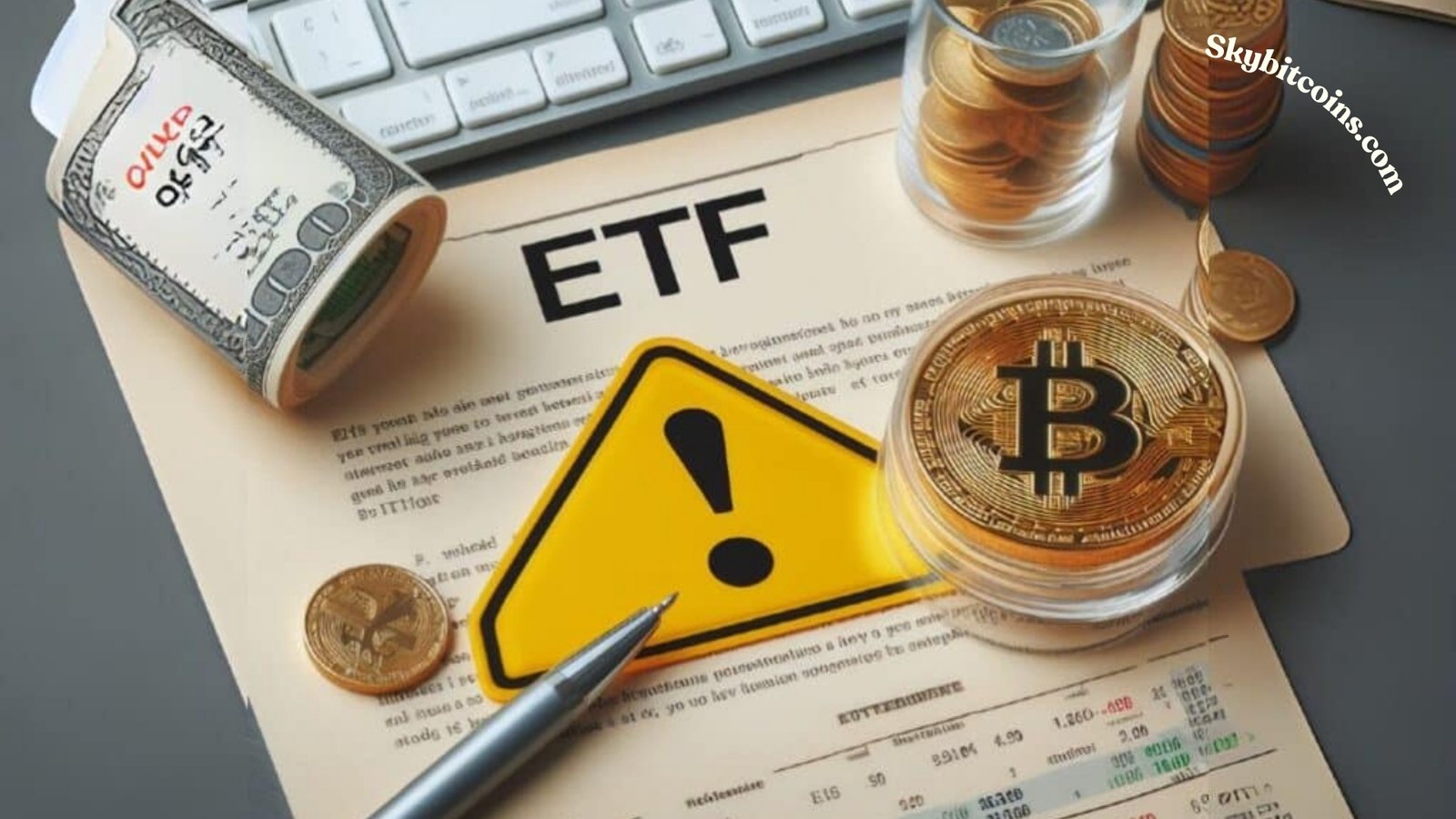In the ever-evolving world of finance, cryptocurrency has established itself as a significant asset class. Bitcoin, the pioneering digital currency, has been at the forefront of this movement, capturing. The attention of both retail and institutional investors. However, the inherent volatility of Bitcoin has led to the development of various financial instruments designed to either capitalize on this volatility or hedge against it. One such innovation is the Bitcoin Inverse Exchange-Traded Fund (ETF). This article explores what a Bitcoin Inverse ETF is, its significance, and the potential risks and benefits it offers to investors.
Understanding Bitcoin ETFs
To fully grasp the concept of a Bitcoin-inverse ETF, it is essential first to understand what an ETF is. An Exchange-Traded Fund (ETF) is an investment fund that tracks the price of an underlying asset or group of assets. It is traded on traditional stock exchanges, much like company shares. A Bitcoin ETF, specifically, tracks the price of Bitcoin, allowing investors to gain exposure to the cryptocurrency without having to purchase, store, or manage Bitcoin themselves directly.
Bitcoin ETFs have been a significant topic of discussion and anticipation within the financial industry. They offer a more accessible and regulated way for investors to engage with Bitcoin, addressing some security, custody, and regulatory oversight concerns with direct cryptocurrency ownership.
The Concept of an Inverse ETF
An Inverse ETF is designed to move in the opposite direction of the asset it tracks. For example, if an Inverse ETF is linked to the S&P 500 index, and the S&P 500 declines by 1%, the Inverse ETF would theoretically increase by 1%. This makes Inverse ETFs popular among investors who believe that the price of a particular asset is likely to fall. They are often used for hedging purposes or as a speculative tool by traders looking to profit from downward price movements.
What is a Bitcoin Inverse ETF?
A Bitcoin Inverse ETF applies the same principle as a traditional Inverse ETF, but instead of tracking an index like the S&P 500, it tracks the price of Bitcoin. When the price of Bitcoin falls, the value of the Bitcoin Inverse ETF increases, and vice versa. This makes it a compelling tool for investors who want to bet against Bitcoin, whether as a hedge against a decline in the broader cryptocurrency market or a speculative investment strategy.
Why Invest in a Bitcoin Inverse ETF?
There are several reasons an investor might consider a Bitcoin Inverse ETF:
- Hedging Against Market Downturns: Cryptocurrency markets are notoriously volatile, with Bitcoin experiencing significant price swings. A Bitcoin-inverse ETF can act as a hedge for investors with a prominent position in Bitcoin or other cryptocurrencies. These investors can offset potential losses during bearish market conditions by investing in a Bitcoin-inverse ETF.
- Speculative Trading: For traders who believe that Bitcoin’s price is likely to decline, a Bitcoin-inverse ETF offers a straightforward way to capitalize on this belief. Instead of shorting Bitcoin directly, which involves borrowing the asset and selling it to repurchase it at a lower price, traders can buy shares of a Bitcoin-inverse ETF.
- Accessibility and Simplicity: Investing in a Bitcoin-inverse ETF is more accessible to many investors than shorting Bitcoin directly or using more complex derivatives like futures contracts. ETFs are traded on traditional stock exchanges so that they can be bought and sold like any other. This simplicity and familiarity make Bitcoin-inverse ETFs appealing to a broader audience.
Risks Associated with Bitcoin Inverse ETFs
While Bitcoin Inverse ETFs offer several potential benefits, they are not without risks. Investors should be aware of the following:
- Volatility Risk: Bitcoin’s price is highly volatile, which can lead to significant price swings in the value of a Bitcoin Inverse ETF. While this can create profit opportunities, it also increases the potential for substantial losses.
- Leverage Risk: Some Bitcoin-inverse ETFs may use leverage, meaning they borrow money to amplify their returns. While leverage can increase potential profits, it also magnifies losses due to the compounding effects of daily price movements, leveraged. ETFs are generally more suitable for short-term trading than long-term investments.
- Tracking Error: Inverse ETFs do not always perfectly track the inverse of the asset’s daily performance. Over time, due to compounding and other factors, the returns of an Inverse. ETF can diverge significantly from the inverse performance of the underlying asset. This is especially true for leveraged Inverse ETFs.
- Regulatory and Market Risks: The cryptocurrency market is still relatively young and subject to regulatory changes, which can impact the performance of Bitcoin and, by extension, Bitcoin Inverse ETFs. Additionally, the market’s liquidity can be a concern, especially during extreme volatility.
The Future of Bitcoin Inverse ETFs
The introduction of Bitcoin Inverse ETFs is a testament to the maturation of the cryptocurrency market. As institutional and retail interest in Bitcoin grows, the demand for sophisticated financial instruments like Inverse ETFs will likely increase. However, their success and widespread adoption depend on various factors, including regulatory approval, market conditions, and investor education.
Conclusion
Bitcoin Inverse ETFs represent an innovative way for investors to manage risk and capitalize on bearish market conditions in the cryptocurrency space. They offer a relatively straightforward and regulated approach to betting against Bitcoin’s price, making them an attractive option for hedgers and speculators. However, like all investment vehicles, they come with risks that must be carefully considered. As the cryptocurrency market continues to evolve, Bitcoin Inverse ETFs are likely to play an increasingly important role in investors’ strategies, offering new ways to navigate the complexities of this dynamic asset class.
[sp_easyaccordion id=”4084″]


